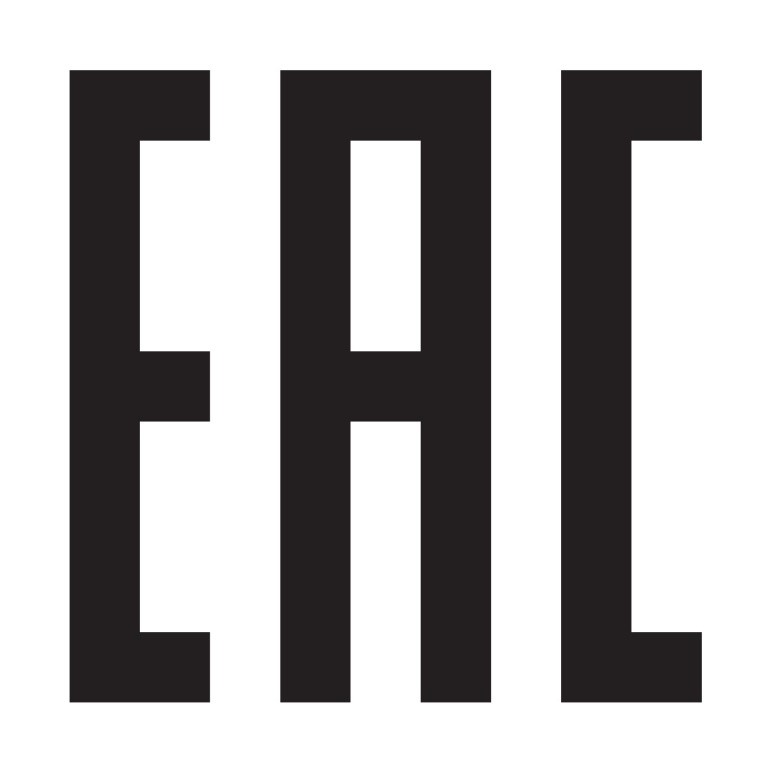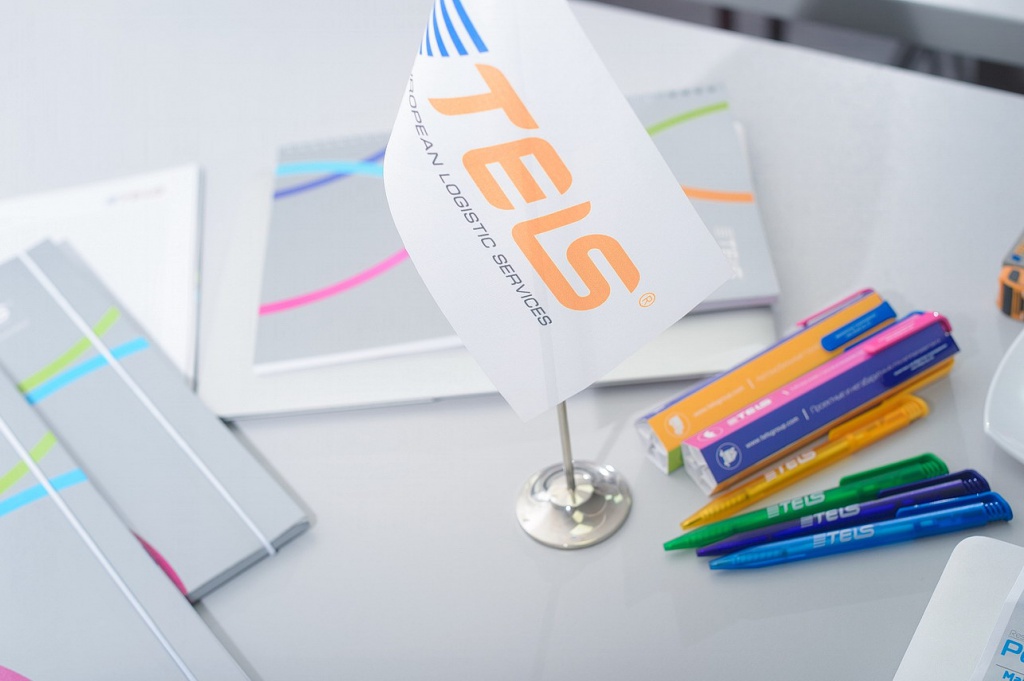EAC making is obligatory prior to importing
 According to the Technical Regulations of the Eurasian Economic Union, certain types of goods are subject to mandatory certification and declaration of conformity to security requirements for goods imported to the territory of the EEU. These goods can be released for free circulation in EEU countries only if they have the EAC marking. When applying the customs declaration, the absence of the EAC marking on the imported goods is classified as an administrative violation and is punished by a fine with possible confiscation.
According to the Technical Regulations of the Eurasian Economic Union, certain types of goods are subject to mandatory certification and declaration of conformity to security requirements for goods imported to the territory of the EEU. These goods can be released for free circulation in EEU countries only if they have the EAC marking. When applying the customs declaration, the absence of the EAC marking on the imported goods is classified as an administrative violation and is punished by a fine with possible confiscation.
In real life, goods are rarely confiscated but the payment of a fine does not release importers from an obligation to label the goods with the EAC marking (unless they plan to return the goods to the supplier). The importers are forced to mark the imported goods in the Customs warehouse, which is associated with additional losses including storage, cargo loading and unloading costs. After all, it also takes time. Taking into consideration the deadlines for an administrative procedure, the goods can be picked in 2 months or worse.
Interestingly, many importers/exporters and representatives of law companies do not agree with the interpretation of the Technical Regulations of the EEU by the Federal Customs Service of the Russian Federation and question the validity of the established import barriers for imports of the unmarked cargo. However, the Supreme Court upheld customs’ position to refuse the import of goods lacking the marking approved by the Technical Regulations.
The supplier cannot arrange marking
Not all foreign manufacturers agree to provide the marking required to sell goods in the EEU countries. What can an importer do in this case?
There are two options:
1) Import the goods to the territory of the EEU and provide the marking before applying the declaration. The customs allow to attach the labels to the goods only at Customs warehouses, which requires moving the goods from the customs terminal (TSA) to the Customs warehouse. After marking, the customs declaration can be applied and the goods can be released. This will not be classified as an administrative violation but will result in significant expenses, which will be very high for large shipments.
2) Provide the labels before arriving at the customs terminal (TSA).
A provider of logistics services with the appropriate technical and organizational capabilities can provide the second option.
 Vitaliy Polik, Deputy Director of Groupage Cargo Department, TELS Group of Companies:
Vitaliy Polik, Deputy Director of Groupage Cargo Department, TELS Group of Companies:
“The marking service has already become “standard” for our specialists and is provided as part of the comprehensive customer service. Sometimes importing companies make their own decisions to change the original appearance of a product and ask logistics providers to work on repackaging, changing the assortment in the package, adding new articles, etc. It is often necessary to label tens of thousands of items.”
One of such real cases describing the handling of a large consignment in the process of its delivery by TELS is described below.
TELS provides comprehensive services of international cargo transportation. TELS is an international group of companies with European quality standards of services, certified to ISO 9001:2015, 14001:2015 and SQAS. Flexibility and the ability to solve Client’s complex tasks is our distinguishing characteristic. TELS has 17-year experience in the international market of logistics services; 11 offices in the UK, Germany, Poland, the Czech Republic, Belarus, Russia and Ukraine; over 800 professional employees; about 120,000 vehicles taken together with the cars of partner companies; direct contracts with the largest sea lines, railway operators and airlines; company’s own Corporate training center; 240 trucks and company’s own transport enterprise; insurance liability of 2,500,000 euros.
Delivery of cargo requiring handling in transit
TELS Group of Companies had a task to organize the delivery of a large consignment of lighting equipment and household products from Western Europe to the Russian Federation for one of the Customers.
Requirements for transportation:
- all the items should be labelled with EAC marking as well as operating guides in Russian should be included in each package before importing the goods to Russia;
- 29,600 (!) products for handling;
- the delivery time should not change significantly.
The schemes existing in the company at that time and the experience could not ensure fast labeling of such a large amount of goods – we had to develop a new delivery scheme. The specialists of TELS Group of Companies worked out a number of solutions that were meant to ensure the fulfillment of all the conditions. The only thing required was to put them into practice.
Stage 1. Printing the materials
On receiving the transportation request, the customer did not have the required number of labels (stickers) and guides.
In order to speed up the printing process and deliver the materials to the consolidation warehouse in time, TELS employees requested Customer’s layout and printed the labels and guides in a printing office on their own. By the time the consignment arrived to the consolidation warehouse (2 days after receiving the request), all the required printed materials were ready.
Stage 2. Cargo handling and delivery
We needed to handle 29,600 products in individual packages. We had to do everything quickly and carefully preserving the marketable condition of products:Remove the stretch film from the pallets.
- Open the boxes with the products.
- Open each individual package with the product.
- Take out the product and label it with EAC marking.
- Put the product back into the package with the operating guide in Russian.
- Pack everything and bring the pallet with the boxes to the original state.
To implement this task, we formed a working team, which needed 48 hours at a consolidation warehouse of TELS Group of Companies to prepare the goods for shipment to Russia. The cargo arrived at the destination customs office on schedule.
Results
The customer received the cargo in time and fulfilled all the delivery obligations to their contractors.
While solving the task, TELS Group of Companies developed and implemented a new scheme allowing to accelerate handling of large consignments, which is presently one of the most popular additional services (along with customs clearance and logistics expertise).
According to inner statistics of TELS Group of Companies, the most labelled goods include:
- food,
- household appliances,
- cables, wires, cords and extension cords,
- consumer goods (fabric, clothing, footwear, home textiles, leather and fur goods),
- perfumes and cosmetics,
- toys.
Label requirements in EEU countries
According to the Technical Regulations of the Eurasian Economic Union, all goods must be marked prior to their release for free circulation or prior to importing to the customs territory of the EEU. The labels should contain information in Russian or the official language of the member state of the Customs Union where the goods will be sold.
The marking must be legible and accessible for inspection and identification. The marking can be placed on:
- the product,
- the label attached to the product,
- the product package,
- the package of a group of products or the package leaflet.
Food marking must contain:
- the product name and its type, kind, brand,
- the name of the country, the manufacturer and its address,
- net weight or product volume;
- list of major ingredients and food additives,
- nutritional value (energy value, amount of proteins, fats and carbohydrates, vitamins),
- storage conditions,
- shelf life and production date,
- cooking method (for semi-prepared food and baby food),
- recommendations for use (for food supplements),
- information on the technical guidance document applied in product manufacturing,
- confirmation of conformity.
Non-food marking must contain:
- the product name,
- the name of the country, the manufacturer and its address,
- purpose (scope of use),
- major properties and key features,
- terms and conditions for efficient and safe use,
- information on the technical guidance document applied in product manufacturing,
- confirmation of conformity.
At the same time, it is important to remember that according to the decision of the Customs Union Commission No. 711, manufacturers and importers (suppliers) can label their products with EAC marking only if the products have passed all the conformity assessment procedures established by the Technical Regulations of the EEU.
Learn more about the service, send an application or ask a question
